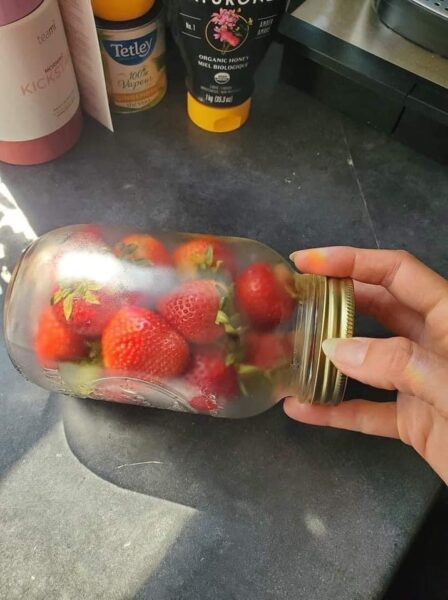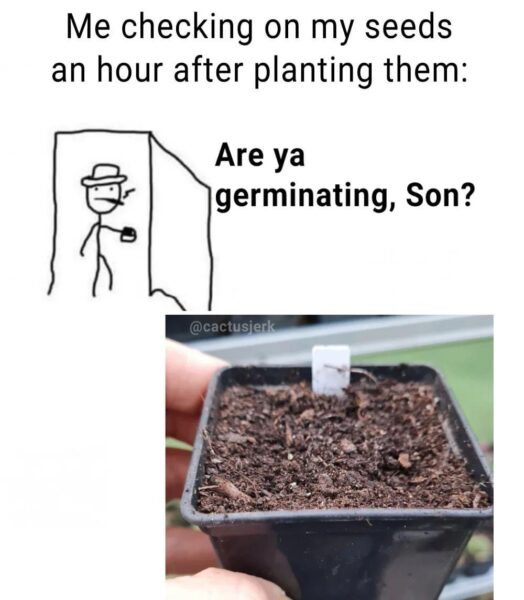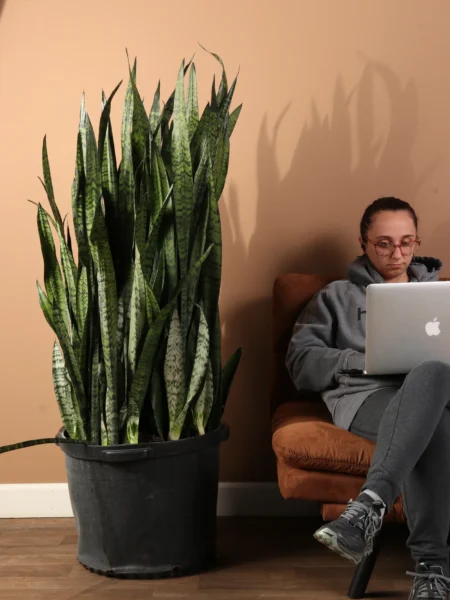In the world of gardening, few things can be as disheartening as witnessing the once-lush green leaves of your cherished plants marred by unsightly brown spots. These blemishes, often a sign of underlying issues, can be a source of concern for many garden enthusiasts. Let’s embark on a journey to uncover the reasons behind these spots and discover effective solutions to restore your plants to their former glory.
The Culprits Behind the Brown Spots
- Fungal Foes: Certain fungi, like anthracnose and blight, can wreak havoc on leaves, leading to brown or even blackened spots. These fungi thrive in damp conditions and can spread rapidly if not addressed.
- Bacterial Bandits: Bacterial infections can cause leaves to display water-soaked spots that eventually darken and turn brown.
- Insect Infestations: Tiny critters such as thrips, scale insects, and leaf miners can damage leaves, resulting in brown patches or streaks.
- Sunburn Scenarios: Intense and direct sunlight can cause leaves to scorch, leaving behind brown or bleached areas.
- Watering Wonders: Inconsistent watering practices, be it excessive moisture or insufficient hydration, can lead to brown spots on leaves.
- Nutritional Nuances: Lack of essential nutrients, like potassium or iron, can manifest as brown spots or edges on leaves.
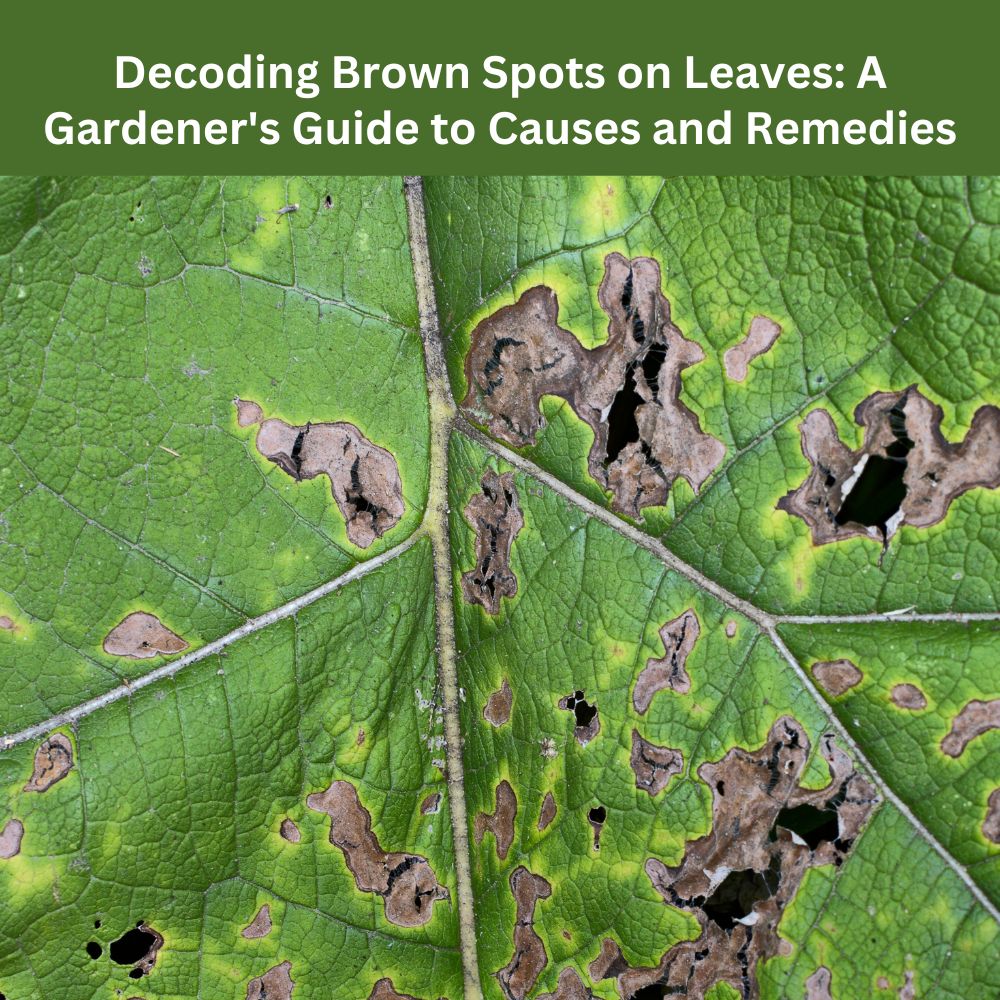
Gardener’s Toolkit: Remedies for Brown Spots
- Mindful Moisture: Ensure your plants receive the right amount of water. Using a drip irrigation system or soaker hose can provide consistent moisture.
- Fungus Fighters: Employ organic or chemical fungicides to combat persistent fungal infections. Always follow label instructions for best results.
- Pest Patrol: Organic solutions like diatomaceous earth or predatory insects can help keep pest populations in check.
- Shade Solutions: If your plants are getting sunburned, consider relocating them to a more shaded spot or using garden shade nets.
- Feed the Need: Address any nutrient deficiencies with appropriate fertilizers or soil amendments.
- Vigilant Monitoring: Regularly inspect your plants, keeping an eye out for early signs of brown spots. Prompt action can prevent minor issues from escalating.
- Clean Cuts: Prune away affected leaves or branches to prevent the spread of diseases and improve air circulation around plants.
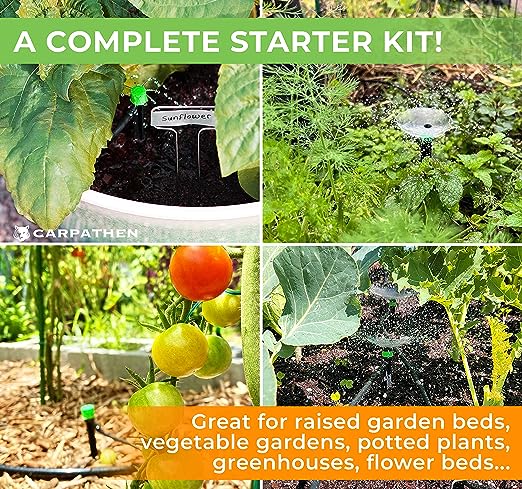
Brown spots on leaves can be a daunting challenge, but with the right knowledge and tools, gardeners can tackle this issue head-on. For a treasure trove of gardening wisdom and expert advice, make sure to explore thegardenersden.com.
Beyond the Basics: Advanced Insights into Brown Spots
Environmental Elements and Their Impact
- Temperature Tumult: Extreme temperature fluctuations, especially sudden cold snaps, can cause leaves to develop brown spots. Plants that are not acclimated to cold may show signs of frost damage.
- Airflow Ailments: Poor air circulation can create a conducive environment for fungal and bacterial growth. Ensuring that plants are spaced adequately and not crowded can mitigate this issue.
- Soil Secrets: The quality of the soil plays a pivotal role in plant health. Compacted or poorly draining soil can lead to root rot, which may manifest as brown spots on leaves.
Advanced Gardening Techniques to Counter Brown Spots
- Mulching Magic: Applying a layer of organic mulch around plants can help regulate soil temperature, retain moisture, and prevent soil-borne diseases from splashing onto leaves.
- Companion Planting: Some plants have natural pest-repelling properties. Planting them alongside susceptible plants can reduce the likelihood of pest-related brown spots.
- Regular Rotation: Rotating crops in vegetable gardens can break the life cycle of soil-borne pathogens, reducing the occurrence of diseases that cause brown spots.
- Soil Testing: Periodic soil tests can provide insights into nutrient levels and pH balance. Adjusting the soil based on test results can prevent nutrient-related leaf discolorations.
- Natural Neem: Neem oil is a versatile organic solution that acts as both a fungicide and a pesticide. Regular applications can keep a myriad of leaf-spot-causing issues at bay.
Embracing Technology in Gardening
- Smart Watering Systems: Modern irrigation systems equipped with sensors can detect soil moisture levels and water plants precisely when needed, preventing overwatering or underwatering.
- Gardening Apps: Several mobile apps offer plant diagnostics. By uploading a photo of the affected leaf, these apps can provide potential causes and solutions for brown spots.
- Online Communities: Joining gardening forums or social media groups can provide a platform to discuss and seek advice on plant issues. Fellow gardeners often share their firsthand experiences and solutions.
In the ever-evolving world of gardening, challenges like brown spots on leaves are but a stepping stone to gaining more knowledge and expertise. By continuously learning and adapting, gardeners can ensure that their green sanctuaries flourish and thrive. For more in-depth articles, tips, and gardening tutorials, don’t forget to visit thegardenersden.com.
As an Amazon Associate we earn from qualifying purchases through some links in our articles.


